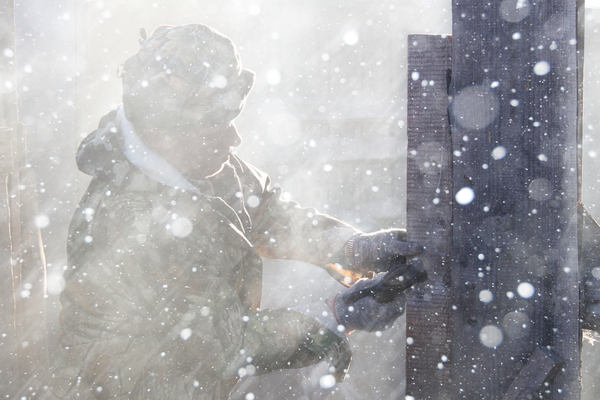Safe work procedures vital during cold winter months

Safe Work Manitoba is encouraging employers and workers to prepare for work in extreme cold weather conditions in order to prevent cold stress, especially in these frigid temperatures. Extreme cold is as serious as any other health risk in the workplace, the agency said.
It recommends employers share the following tips with their workforce for preventing cold stress, the body’s inability to control its internal temperature, which can result in serious illness or death.
•Assess the weather conditions before heading out to the work site and monitor yourself and your co-workers once there.
•Wear layered, dry and insulated clothing with a windproof and waterproof outer shell.
•Take warm up breaks in heated shelters. When the temperature is -7 C or lower, these shelters should be available nearby.
•Stay hydrated with warm, sweet drinks.
•Keep your body moving, but limit heavy work to avoid perspiration.
Cold temperatures, high or cold wind, immersion in low temperature water, physical exertion and improper or inadequate clothing are some factors that put your workers at risk, Safe Work Manitoba said.
Frostbite occurs when skin tissue freezes. Frostbitten skin may produce a prickling or burning sensation, followed by numbness. In serious cases frostbite can lead to tissue damage, scarring, and even amputation.
Hypothermia is another result of cold stress. Hypothermia occurs when core body temperature drops below 35 C. Symptoms of hypothermia follow a progression, starting with pain and numbness and can lead to death.
If a worker is suffering from cold stress, move them to a warm area and encourage continuous body movement. Replace wet clothes with dry clothes/blankets, and provide warm, (not hot) sweet drinks. If it is suspected that an individual is suffering from hypothermia or extreme frostbite, call 911 immediately, Safe Work Manitoba said.





